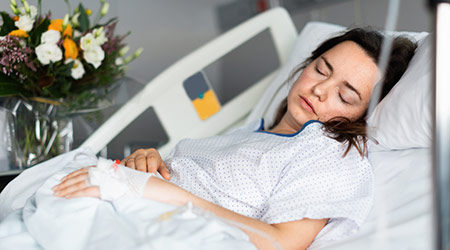There is an old radio signal communication of “five by five.” The literal translation is that everything is “loud and clear.” Facility managers — generally speaking — want spoken communications to be loud and clear. But the problem often comes in with the notion of ”clear” and the things that affect clarity and therefore intelligibility, according to an article from Building Operating Management on the FacilitiesNet website.
“Basically, speech intelligibility comes down to how high the voice level is at the listeners’ location, relative to the amount of background sound,” said Niklas Moeller, vice president of KR Moeller Associates Ltd. This relationship is known as the signal-to-noise ratio.
“Room materials such as hard surfaces [can also] reduce intelligibility,” Hamilton said.
But he’s also careful to note that — if ambient noise is too high — increasing volume often has an effect opposite of what’s desired. “Another factor that will reduce intelligibility is the sound pressure level,” he says. “For intelligibility, louder is not better.” Above the range of 70 to 80 dBSPL, Hamilton says, hearing loss becomes a concern and intelligibility is lost.
Where noise is an obstacle to intelligibility, there are options. When the noise comes from mechanical systems, for example, Browne suggests tuning HVAC units, using duct lining, and other silencers. For exterior noise, options include multi-pane windows or sound-absorbing cladding on a building façade.

 Healthcare Is the New Retail
Healthcare Is the New Retail Bridgeway Behavioral Health Services Launches Campaign to Renovate Health Center
Bridgeway Behavioral Health Services Launches Campaign to Renovate Health Center Ground Broken for New North Dakota State Hospital
Ground Broken for New North Dakota State Hospital AI Usage for Healthcare Facilities
AI Usage for Healthcare Facilities Ground Broken on Pelican Valley Senior Living Modernization Project
Ground Broken on Pelican Valley Senior Living Modernization Project